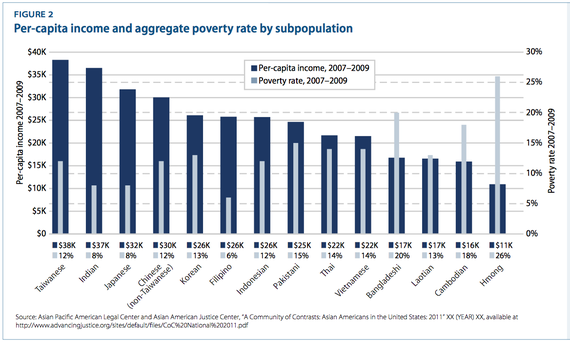Asclepias
Diamond Member
Wait so a white supremacist calls himself and others of the same belief "Alt Right" and your take away from that is I am supporting him by calling him and others that share that belief the name he came up with?How would you know what actual white supremacists want me to think? Do you have any evidence your opinion is valid?Hey stupid. That was the point OldLady was making. They want something more palatable to guys like you who pretend you arent racist because you dont have the balls to come out and admit it.You sound like an idiot without a clue. The term Alt Right was created by a white supremacist by the name of Richard Spencer
And you don't think that Richard Spencer would love to be linked to more mainstream conservatives and libertarians?
Hell, they are constantly trying to attach themselves to something more, to inflate their importance.
Yes, and my counter point was that that is what the very, very few actual white supremacists want you to think.
They are desperate for any hint of relevance.
ANd lefties willfully being duped by their tricks, is their greatest source of hope and perceived importance.
The repeated attempts to fake relevance by lying about who they are, or who they speak for, plus knowledge of how small and pathetic they really are.
Libertarians, for one example, have very, very little overlap with white supremacists. For Richard Spence to coin a term to try to lump libertarians in under his label,
is an obvious and pathetic lie, that only a Willful DUpe would pretend to be tricked by, and parrot.
Has Spence thanked you personally for supporting his vile lies? If not, he should.
People like you, are the only ones giving them any air at all.
What kind of retarded logic did you just drop on me?









